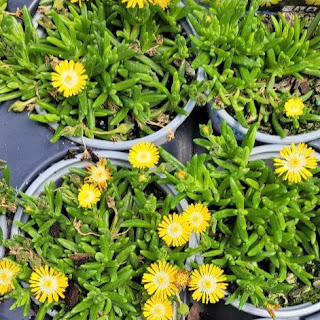Fall gardens are the unsung heroes of the vegetable world—quieter, cooler, and often more productive than their summer cousins. But timing is everything. Knowing when to plant seeds for a fall harvest depends on your region's first frost date and the time each crop needs to mature. Here's a regional breakdown to help you sow with confidence.
🌾 Southeast (Zones 7–9)
States: Georgia, South Carolina, Florida, Alabama, Mississippi, etc.
Start planting: Mid-July to early September
Hot summers linger, but by late July you can start seeds for collards, kale, turnips, carrots, and mustard greens. Beans, squash, and cucumbers can be sown for a quick fall crop in late July or early August. Heat-tolerant seedlings like broccoli and cabbage should be started indoors in July and transplanted in August once the worst heat passes.
🌻 Northeast & Midwest (Zones 4–6)
States: Pennsylvania, Ohio, New York, Michigan, Illinois, etc.
Start planting: Late July to mid-August
With shorter growing seasons, timing is tight. Count backwards from your first frost date, then add 7–10 days as a buffer. Sow lettuce, spinach, radishes, beets, and bush beans in late July through early August. Broccoli, cabbage, and cauliflower should be transplanted by mid-August. Garlic can go in by October for next year’s harvest.
🌽 Southwest (Zones 7–10)
States: Arizona, New Mexico, southern California, west Texas
Start planting: Late August through October
Hot, dry summers delay fall planting until temps begin to moderate. Start seeds for chard, kale, carrots, beets, and lettuce in early September. Wait until October to sow spinach, onions, and garlic. Use shade cloth early on to protect seedlings from lingering heat.
🌱 Pacific Northwest (Zones 6–9)
States: Oregon, Washington, northern California
Start planting: Mid-July to late August
The cool, moist climate favors fall crops. Start lettuce, spinach, and brassicas like broccoli and cauliflower in mid-July indoors, and transplant them by mid-August. Root crops like carrots and beets should go in no later than early August. A second sowing of peas in late August can yield a modest fall crop.
🌾 Plains & Rockies (Zones 3–6)
States: Colorado, Nebraska, Kansas, Dakotas, etc.
Start planting: Late July to early August
The shorter growing season means acting fast. Start radishes, spinach, arugula, turnips, and lettuce in late July. Transplant broccoli and cabbage by early August. Protect crops from early frost with row covers or cold frames.
🧄 General Tips
-
Use your average first frost date as a countdown.
-
Choose fast-maturing varieties.
-
Consider succession planting for staggered harvests.
-
Row covers or low tunnels can extend your season by weeks.
-
Don't forget to water regularly—fall weather may be dry in many regions.
A fall garden offers crisp harvests, fewer pests, and a sense of quiet purpose. With a little planning and regional savvy, you can reap another round of blessings before winter settles in. Ready your seed trays, sharpen your tools, and let the second season begin.
Return to GoGardenNow.com





.jpg)
.jpg)





.jpg)
.jpg)
.jpg)
.jpg)



